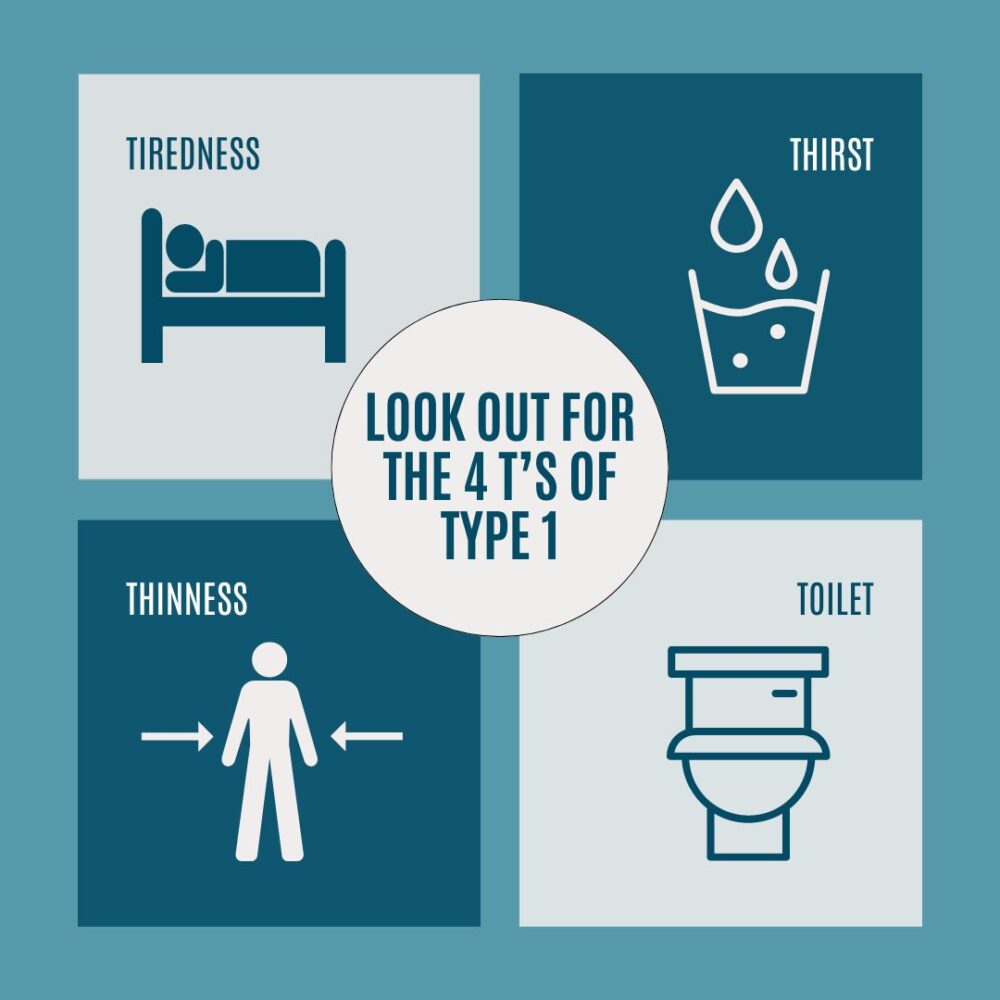Nothing is better than a comforting pasta dish but managing diabetes can be tricky. Read on to discover the world of delicious pasta alternatives for diabetics and cooking strategies for blood sugar-friendly, satisfying meals.

Let’s face it, a tasty bowl of pasta can be pure comfort food bliss. But for those living with diabetes or managing it for a child, it can sometimes be a rollercoaster ride of blood sugar highs and lows. These are particularly tricky to manage with insulin delivery added to the equation.
Traditional white pasta, made from refined flour, is a high-carb food that can cause blood sugar spikes and of course, we all love it! According to the Guardian back in 2020, in the UK, “We consume £272m worth of pasta a year”. Also it comes as no surprise that “pasta is British children’s favourite food, ahead of burgers, fish, pizza and chips”.
But fear not! There’s a whole world of delicious and healthy alternatives out there which can also help to keep those blood sugar levels in check.
This article dives into the world of diabetic-friendly pasta substitutes, addressing common questions like “Can diabetics eat pasta?” and “What is the best pasat for diabetics?” It will also explore the science behind reducing blood sugar spikes through cooking methods for white pasta, healthier substitutions, and provide tips for creating delicious and satisfying pasta dishes that fit your diabetic lifestyle.

Can Diabetics Eat Pasta?
The good news is, yes! People with diabetes can of course enjoy pasta but it really should be in moderation. The key lies in:
- choosing the right type of pasta
- trying different cooking methods
- practising portion control
- creating a balanced meal with protein, healthy fats, and fibre-rich vegetables.
Traditional white pasta, made with refined flour, is quickly digested, leading to blood sugar spikes. However, opting for complex carbohydrates found in whole-wheat pasta, lentil pasta, or brown rice pasta for example, provides a slower release of energy and minimises blood sugar fluctuations.
Here’s a breakdown of some key factors to consider:
- Glycemic Index (GI): The GI ranks carbohydrates based on how they affect blood sugar levels. Lower GI options are digested more slowly, causing a gentler rise in blood sugar. Whole-wheat pasta lentil or pea pasta typically have lower GI scores compared to white pasta.
- Fiber Content: Fiber plays a crucial role in slowing down digestion and promoting satiety. Wholewheat pasta and bean-based kinds of pasta are naturally higher in fibre, whilst also keeping you feeling fuller for longer.
- Portion Control: No matter the type of pasta you choose, portion control remains essential. A typical serving size for diabetics of boiled pasta or cooked noodles is 3 heaped tablespoons. Now I know that would never wash with my teenage daughter so read on to find out my tips for enjoying a larger portion size whilst still minimising blood glucose spikes.
Understanding Glycemic Index (GI) and Pasta Choices
The glycemic index (GI) is a ranking system that assigns a value to foods based on their impact on blood sugar levels. Foods with a high GI rating cause blood sugar to rise more quickly than those with a low GI rating. There are limitations to consider with the GI but it does provide us with a helpful starting point when it comes to food choices.

White pasta has a low GI (typically around 50) and a moderate glycemic load. However, as there is reduced amounts of fibre and protein, it can lead to significant blood sugar spikes.
Why White Pasta Might Not Be the Best Choice
I am definitely not saying you shouldn’t eat white pasta, particularly if that is something you enjoy. However, I hope to open your eyes to some delicious and & healthy pasta alternatives and explain why white pasta is not the kindest choice when it comes to managing blood sugars.
Regular pasta is typically made with white flour, which has been stripped of most of its fibre and nutrients during processing. This refined flour gets digested quickly, leading to rapid rises in blood sugar levels as I explain further in my article Exploring the Impact of High vs. Low Glycemic Index of flour on Blood Sugar Management.
The American Diabetes Association and Diabetes UK recommend Understanding your Carbs and choosing more complex carbohydrates instead. These complex carbs are often higher in protein and fibre, meaning it takes longer for your body to break down, resulting in a more gradual rise in blood sugar and helping you feel fuller for longer.

White Pasta – A Surprising Trick for Blood Sugar Control
While white pasta isn’t completely off-limits, there is a surprising trick that can be used to make it a more blood sugar-friendly option.
Studies by Dr Denise Robertson suggest that all refined carbs (white bread, White pasta, white rice, potatoes) can create a source of resistant starch, a type of dietary fibre that helps regulate blood sugar. The key lies in how you cook and eat it. Allowing cooked white pasta to cool completely in the refrigerator and then reheating it before serving, creates resistant starch. This process alters the structure of the pasta’s starches, making them slower to digest and potentially leading to a kinder rise in blood sugar levels.
The results of a small experiment on 10 non-diabetics were:
- Eating freshly cooked pasta caused the biggest rise in blood glucose.
- Eating chilled pasta caused a slightly lower rise.
- Pasta that had been cooked, chilled and then reheated caused the lowest rise of all.
While further research is needed to confirm the exact impact on blood sugar control, this is definitely an experiment you could try at home (made even easier if you have access to a CGM). Maintain the same control conditions (i.e. use the same sauce and veggies ) but just vary how you serve the pasta, hot, cooled, cooled & reheated. Then monitor and track your blood glucose for the next few hours to see the impact it has on them.
This is such a simple technique for those who enjoy white pasta but want to minimise its impact on blood sugar.
Best Pasta For Diabetics
However, if you are looking to try a different pasta substitute to white pasta with added essential nutrients, fibre and protein then this section is for you. Here we will go through my top blood sugar-friendly pasta picks that are available in UK supermarkets.
Wholewheat Pasta

Whole wheat pasta is a great swap for traditional white pasta and is widely available in supermarkets. From fusilli, and penne to spaghetti. Packed with dietary fiber and complex carbohydrates, it offers a slower rise in blood sugar levels and keeps you feeling fuller for longer. It is also a source of essential vitamins and minerals, including B vitamins, iron, and magnesium, often lacking in white flour. Look for options made from 100% whole wheat flour for the most benefit.
The glycemic index (GI) of whole wheat pasta can vary slightly depending on the specific brand and processing methods, but it generally falls in the range of 40 to 50. This is considered a low-GI food.
A typical medium serving of 180g cooked wholewheat pasta is 52 grams of carbs. (Nutracheck)
Lentil & Pea Pasta

Bean-based pasta made from lentils, chickpeas, or peas are fantastic pasta substitutions. They typically have fewer carbs than traditional pasta and boast a whopping protein content, which helps with blood sugar control. They are also a great healthy gluten-free pasta. Bean-based kinds of pasta do tend to have a stronger flavour. To get used to them, you can mix in some wholewheat or white pasta. Explore the varieties available to find your favourites!
The glycemic index (GI) of lentil and green pea pasta can vary depending on the specific brand and lentil type used, but it generally falls in the range of 20 to 40. This is considered a low GI food.
Counting Carbs for lentil & pea pasta
We have found that we deifinitey do not need to count all the carbs when it comes to these types of pastas. It has been a process of trial and error when working out how to bolus for them. A good starting point is to use the net carb formula:
Net Carbs = Total Carbs – Dietary Fiber
So for 200g portion of cooked Sainsbury’s red lentil Penne, which is 48g of Carbs minus the dietary fibre, 7.2g, is 41g of Net Carbs.
Brown Rice Pasta

Brown rice pasta is a moderate GI food, meaning it has a slightly quicker impact on your blood sugar levels compared to whole wheat or lentil versions. However, it has additional fibre and protein which works to slow down the sharp increases in blood sugars.
Brown rice pasta is usually found in the free-from section of supermarkets as it is naturally gluten-free. Brands like Doves Farm and some supermarkets have their own brand of brown rice pasta varieties, but sadly these are more expensive compared to wholewheat or white pasta. Look for brown rice pasta options made from 100% whole grain brown rice for the most benefit.
The glycemic index (GI) of brown rice pasta can vary slightly depending on the brand and processing methods, but it generally falls in the range of 50 to 55. This is considered a moderate GI food.
A typical medium serving of 180g cooked FREEE brown rice penne pasta is 69 grams of carbs. (Nutracheck)
Bolus Note: We have found that we do not to bolus for the full carb amount of brown rice pasta, so you may want to experiment to find the ratio that works for you.
Serving your pasta for better blood sugar control
Pasta dishes can be a delicious and versatile part of a healthy balanced diet. But managing portion sizes and how you serve your pasta is another way to help keep blood sugar levels in check. Here are my tips to help you enjoy your favourite pasta meals without sacrificing blood sugar control:
Know Your Serving Size:
- The Fist-Sized Rule: A good rule of thumb is to stick to a serving size of cooked pasta that’s roughly the size of a clenched fist.
- Mix the pasta with veggies: I like to bulk out the pasta with vegetables like spaghetti squash or courgetti. With spaghetti and noodle dishes I add spiralised veggie noodles like in my tasty Tuna Spaghetti Bolognese recipe.
- Check the Label: Always check the nutrition label on the pasta package for the specific serving size in grams or cups.
- Measure and Control: Use weighing scales to ensure you’re accurately portioning your pasta.
Pair with Protein and Fibre
- Adding lean protein sources like grilled chicken, fish, or tofu to your pasta dish helps slow down digestion and prevents blood sugar spikes. Aim for a palm-sized serving of protein alongside your pasta.
- Mix in Plant protein-rich pasta: Add in some pea or lentil pasta for a protein hit.
- Incorporate plenty of non-starchy vegetables like broccoli, spinach, or peppers into your pasta dish. A healthy homemade pasta sauce is also a great option. Try my:
- These provide essential vitamins and minerals while adding fibre that helps regulate blood sugar absorption.
Eat your vegetables first
- Research is evolving that apparently eating your vegetables before the carbs can help to slow down the absorption of glucose as well. Another great experiment to try to see if this works for you!
- Always serve fresh veggies or a side salad ( or veggie sticks for the kids) to ensure a complete and balanced meal
Resources
The American Diabetes Association – Get to Know Carbs
Diabetes UK – Carbohydrates and diabetes: what you need to know
Resistant Starch Production and Glucose Release from Pre-Prepared Chilled Food: The SPUD Project- Nov 2020
Carbs and Cooking – Diabetes UK














Leave a Reply